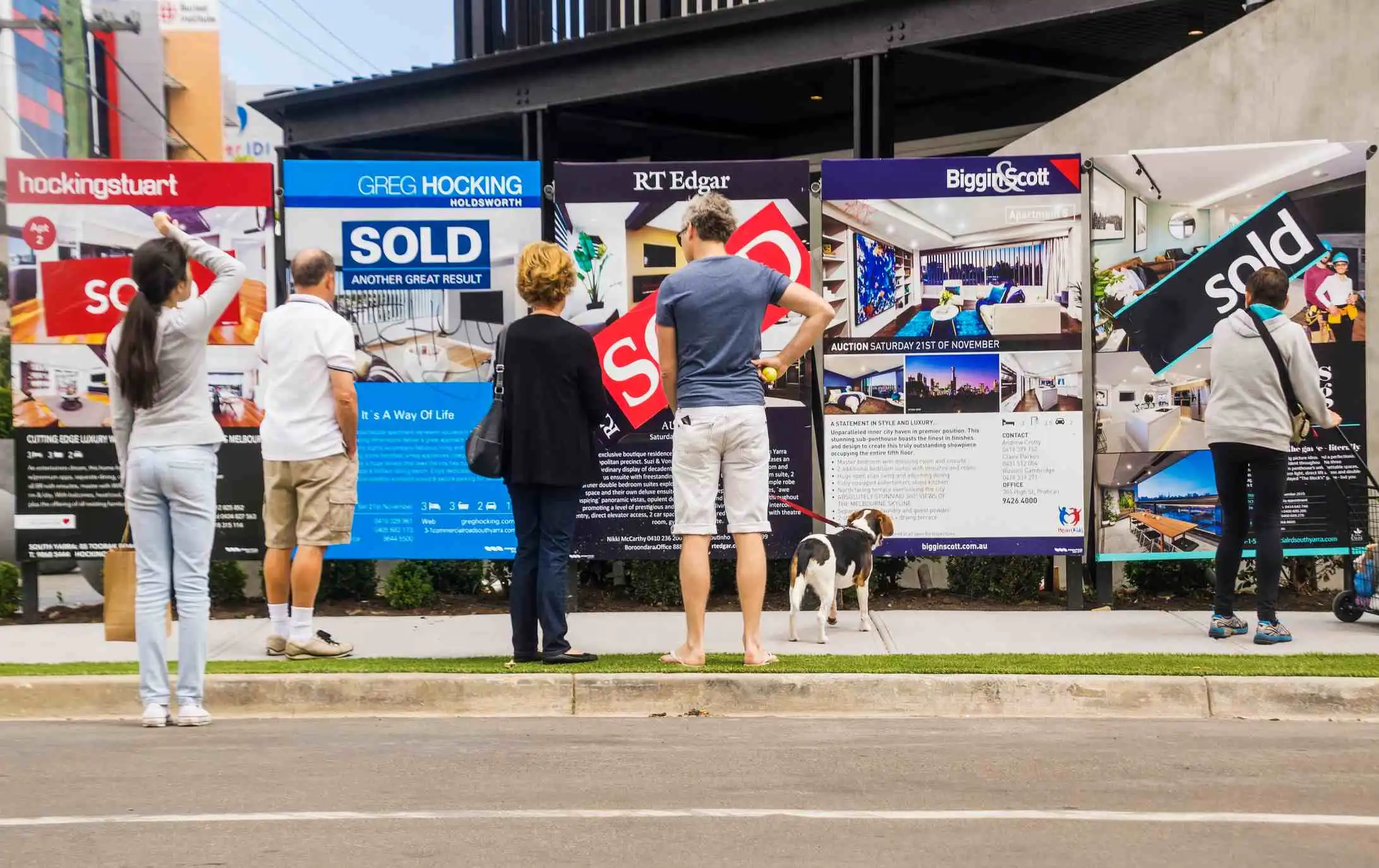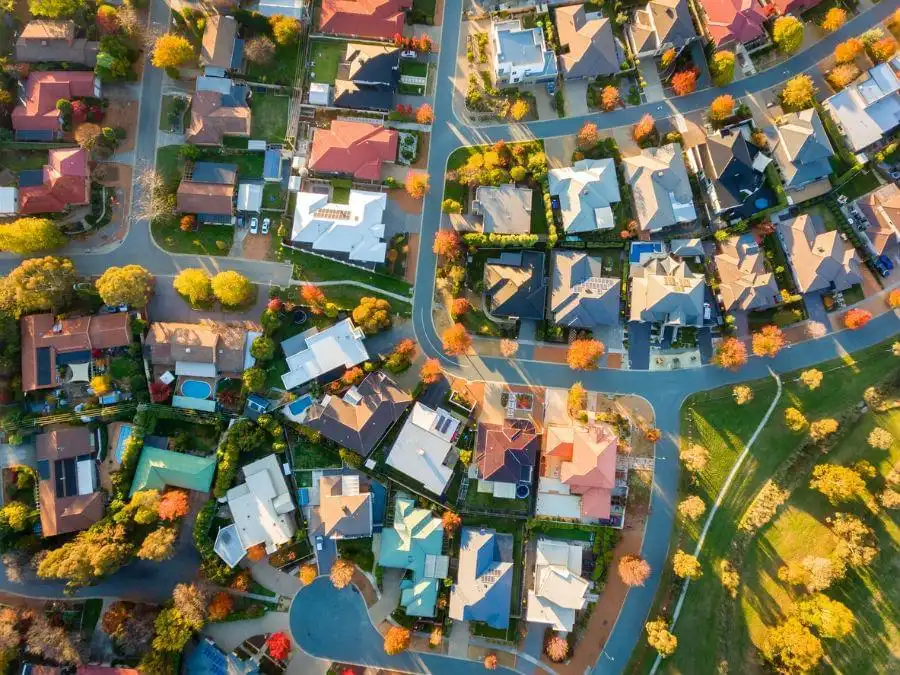Best areas to buy property in Tasmania in 2025
Thinking about buying property in Tasmania?
Tasmania’s property market presents a unique mix of challenges and opportunities, making it essential to stay informed before making your next move. Whether you’re a homebuyer or investor, understanding how the market performed in 2024 and what’s predicted for 2025 will help you make confident decisions.
In this article, we break down the latest stats and expert insights, offering a clear picture of Tasmania’s housing market trends. Let’s begin with an overview of how the market fared last year and what the data tells us.
What did the property market in Tasmania look like in 2024?
Tasmania’s property market experienced mixed results in 2024, with Hobart showing slight declines while regional areas saw modest growth. CoreLogic data reveals that Hobart property prices fell by 0.6 per cent over the year, with the median property price settling at $651,043 by December. This positions Hobart as the seventh cheapest capital city in Australia, highlighting its affordability compared to other markets. Houses slightly outperformed units, declining by 0.5 per cent compared to a 1.3 per cent drop for units, reflecting a subdued performance overall.
Conversely, Regional Tasmania showed stronger growth, with property values rising by 3.6 per cent in 2024 to reach a median price of $523,391. Unlike in Hobart, units in regional areas outperformed houses, gaining 5.0 per cent compared to 3.4 per cent for houses. This divergence highlights the increasing appeal of regional Tasmania, driven by its affordability and lifestyle benefits, particularly for interstate buyers seeking value outside the major cities.
Hobart’s rental market was another story entirely, with vacancy rates plummeting to just 0.6 per cent, one of the lowest in Australia. BambooRoutes reported a 7 per cent increase in house rents, pushing the median weekly rent to $600, underscoring a fiercely competitive market with limited supply. Tasmania as a whole saw similar trends, with rental prices jumping 7 per cent to an average of $490 per week. The sharp demand for rentals, coupled with low supply, has kept Hobart as a hotspot for tenants, creating stiff competition for available properties.
Investor activity also rose in 2024, increasing by 3.5 per cent, with BambooRoutes noting a combination of strong demand from interstate buyers and low interest rates contributing to the market’s appeal. While Hobart’s property prices stagnated, Tasmania’s broader real estate market showed signs of recovery, offering a cautiously optimistic outlook for 2025.
Tasmania property market forecast and price predictions 2025
The outlook for Hobart’s property market in 2025 remains cautious, with forecasts suggesting modest growth or limited movement.
Westpac projects a 2 per cent rise in property values, noting that affordability challenges and limited uplift from migration will continue to weigh on the market. NAB offers a similar forecast, expecting 2.4 per cent growth, while SQM Research presents a base case of between -3 per cent and +2 per cent, emphasizing that interest rate cuts and population growth will be critical factors shaping outcomes.
Propertyology predicts growth in the range of 1 to 3 per cent, highlighting that Hobart has yet to recover from the stagnation brought about by the RBA’s 18-month rate hike cycle. However, they note a 7 per cent increase in property transaction volumes in 2024, pointing to signs of improving local confidence. Presentable properties priced competitively are moving quickly, driven by solid first-home buyer activity and a resurgence of interstate buyers relocating to Tasmania.
A potential game-changer for Hobart’s property market is the proposed development of a world-class entertainment precinct, including a roofed stadium, which is seen as a non-negotiable for Tasmania’s entry into the national AFL competition. According to Propertyology, this project, alongside the expansion of Hobart’s airport infrastructure to accommodate international flights, could deliver significant economic benefits to both Hobart and Launceston, setting the stage for a stronger growth cycle in the years ahead.
While 2025 is expected to be a transitional year for Hobart’s property market, the combination of infrastructure developments and growing buyer confidence provides a foundation for steady, if subdued, performance.
What are the best suburbs to invest in Tasmania in 2025?
Looking for some top investment opportunities around Tasmania? Here's a curated list recommended by a variety of property analysts and experts:
Kingston, TAS 7050
With a median house price of $743,000 and annual growth of 1.4 per cent, Kingston is one of Hobart’s most promising growth areas. The McGrath Report 2025 highlights its prime location just 10 minutes from the Hobart CBD via the Southern Outlet motorway, along with its family-friendly beach and large amounts of undeveloped land. Speculation that Kingston could host a performance centre for Tasmania’s AFL team further bolsters its potential as an investment hotspot.
North Hobart, TAS 7000
North Hobart, with a median house price of $978,000, saw an impressive annual growth of 22.2 per cent in 2024, cementing its reputation as a vibrant and desirable location. The McGrath Report 2025 describes it as a cool, trendy suburb filled with nightlife, eateries, and historic housing stock that has been rejuvenated by high-end developments like The Rox. With its thriving community and increasing popularity, North Hobart is edging closer to a $1 million median house price, making it an attractive option for investors.
Bellerive, TAS 7018
Bellerive, located just 11 minutes from Hobart’s CBD, offers stunning views of the River Derwent and easy access to Bellerive Beach, with a median house price of $841,250. According to REA’s Hot 100 Suburbs to Watch 2025, the suburb has benefited from the redevelopment of Ninja Stadium (Bellerive Oval), which hosts AFL games, enhancing its appeal. With its mix of luxury homes and convenient ferry connections to the city, Bellerive remains a highly sought-after waterfront location for families and investors.
Launceston, TAS 7250
Launceston, the largest city in northern Tasmania, offers a blend of historic charm and modern development, with a median house price of $697,500 and annual growth of 6.1 per cent. REA’s Hot 100 Suburbs 2025 notes the city’s appeal lies in its heritage terrace homes, weatherboard houses, and newer unit developments, alongside transformative projects like the University of Tasmania’s Inveresk Campus redevelopment. With its affordability, strong rental yields, and steady price appreciation, Launceston presents a solid opportunity for investors.
Primrose Sands, TAS 7173
Primrose Sands, a seaside hamlet with a median house price of $458,500, has long been known for its affordability but is now emerging as a hotspot for gentrification. The McGrath Report 2025 highlights new private apartment developments and its picturesque beach as drivers of future growth. With its median home value predicted to rise, Primrose Sands is an appealing choice for buyers seeking a combination of lifestyle and investment potential.







